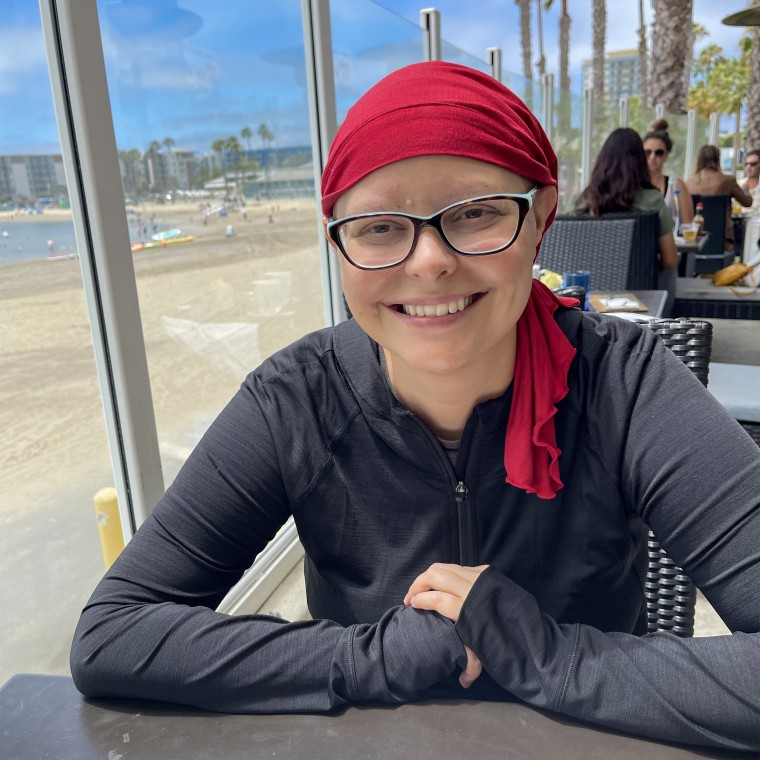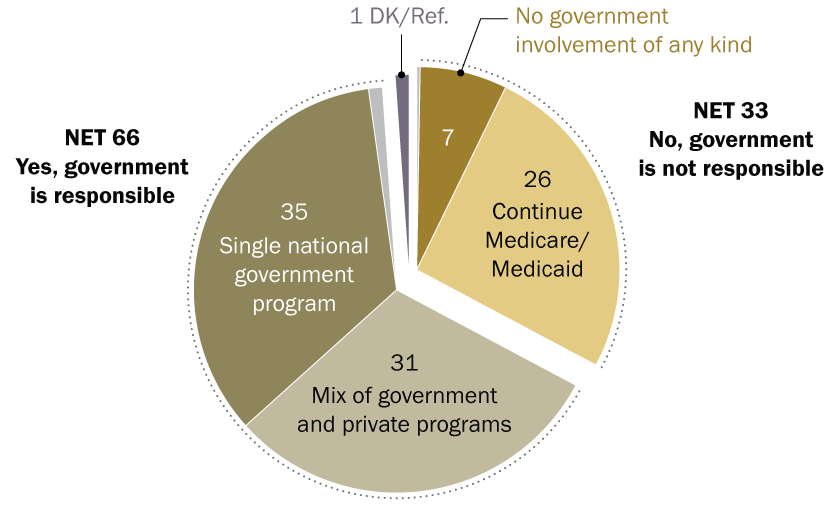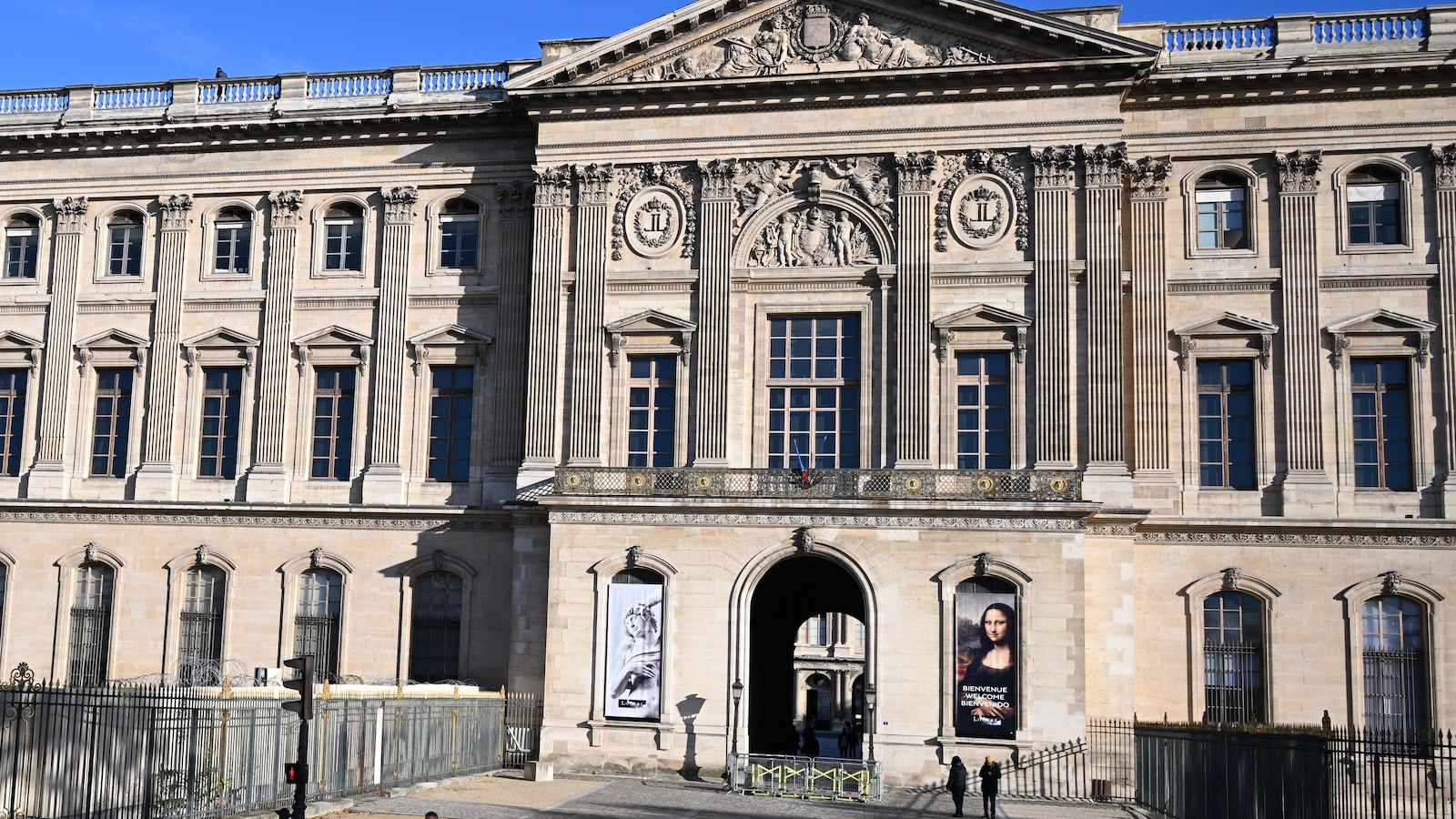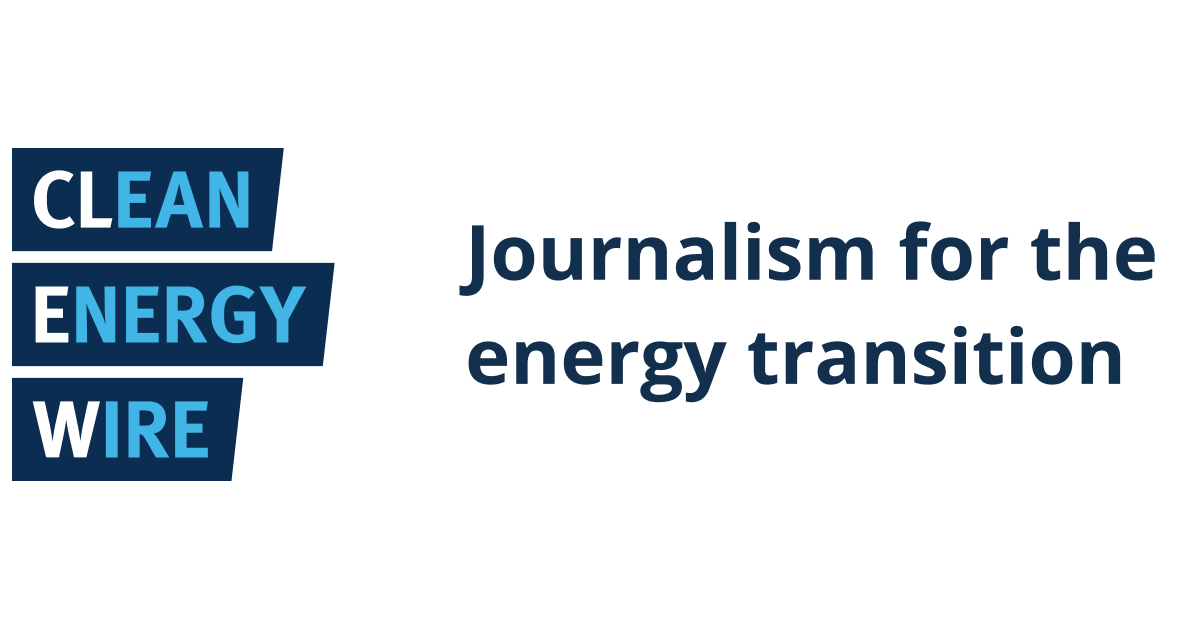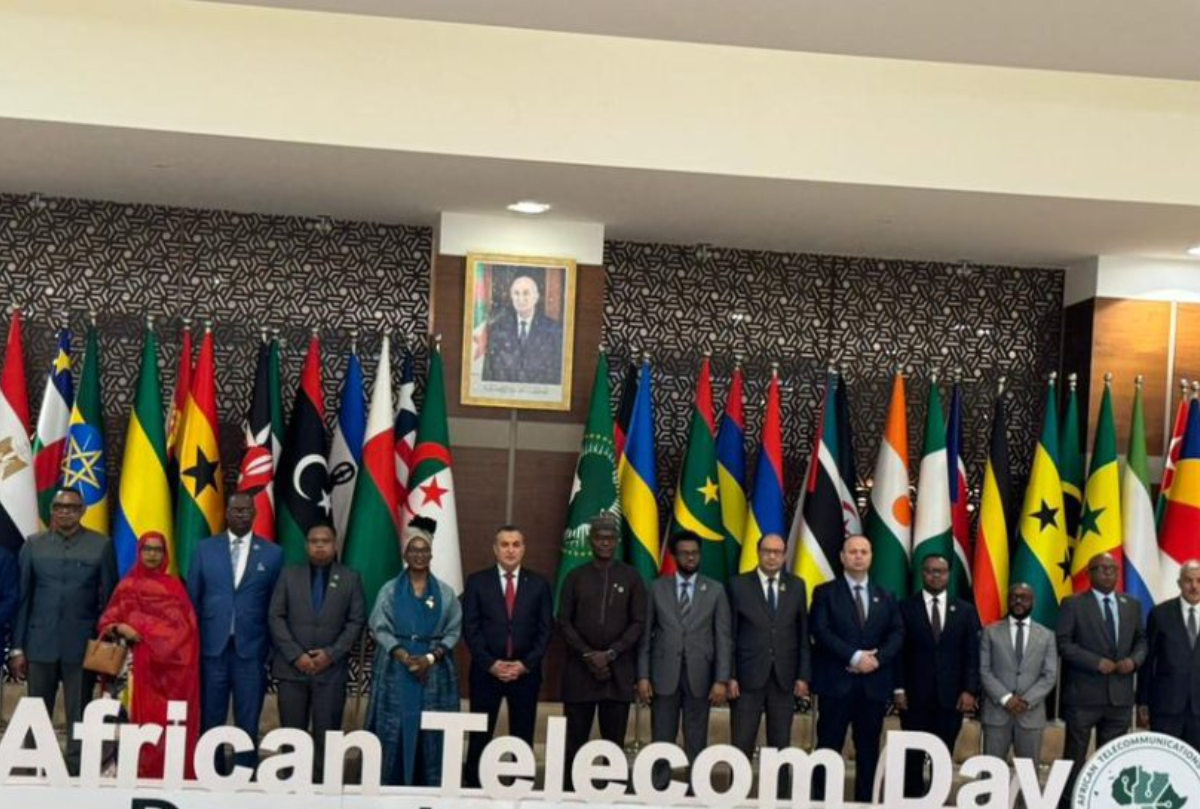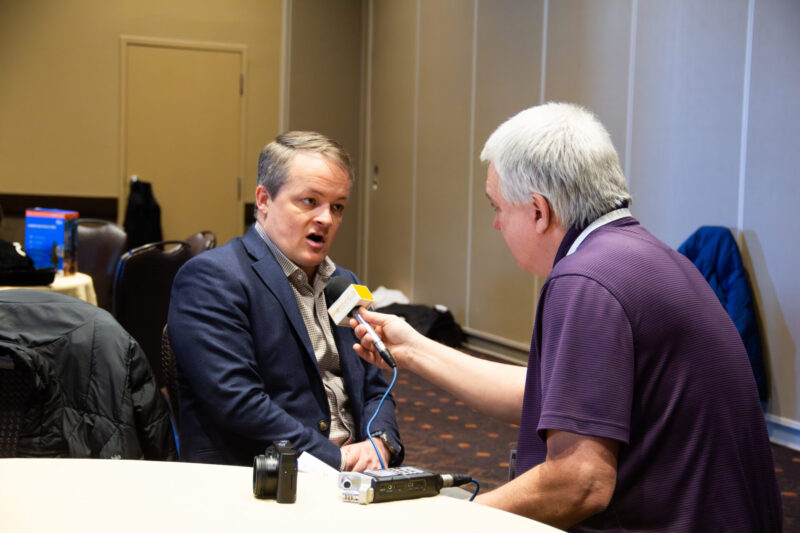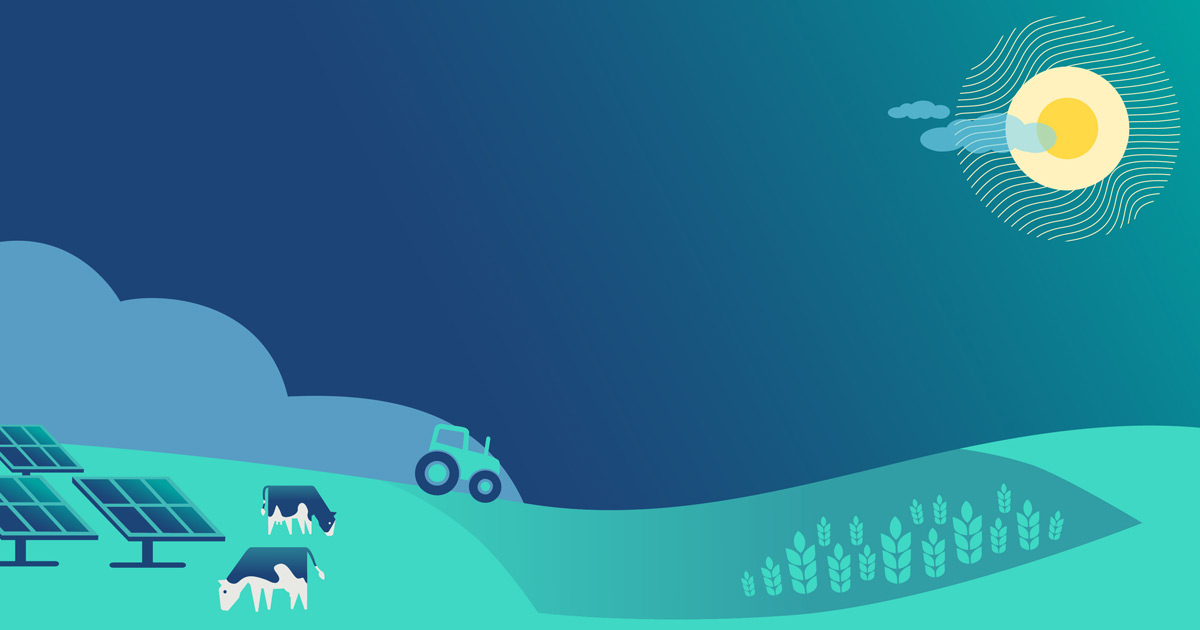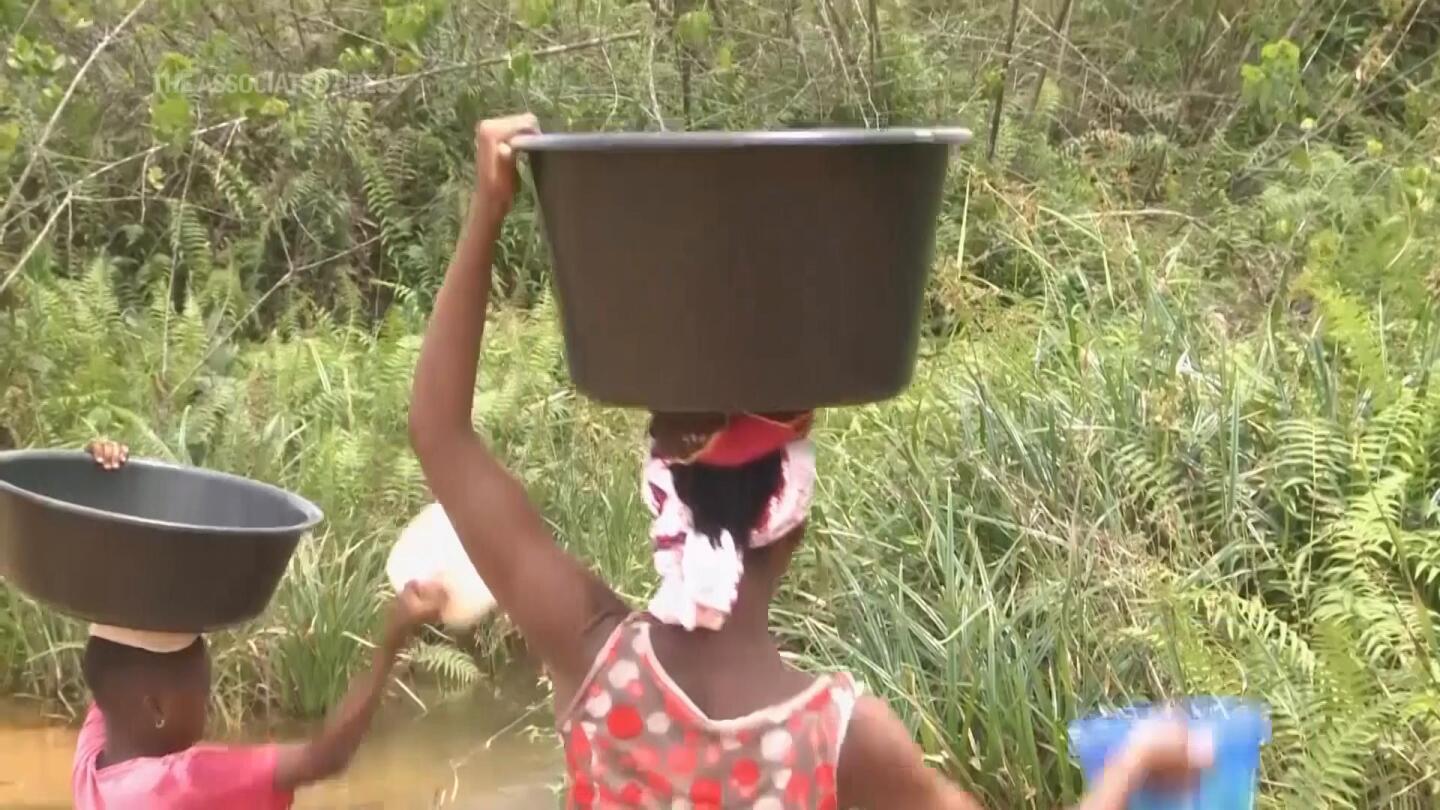MetraPark’s new community garden aims to grow local food education – NonStop Local Billings
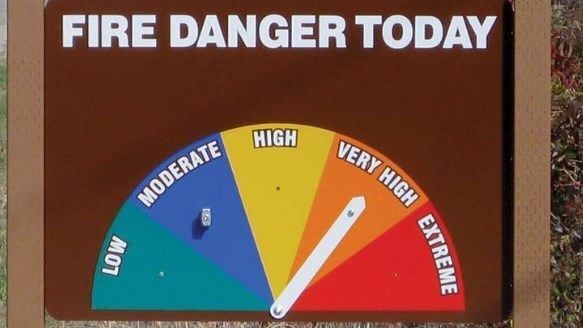
MetraPark Community Garden Initiative: A Report on Localized Food Systems and Sustainable Development
1.0 Introduction
A community garden initiative, named the “People’s Garden,” has been established at MetraPark in Billings, Montana. The project, developed in partnership with the United States Department of Agriculture (USDA), repurposes the former Sandstone and Heritage Building area into a productive agricultural space. This report outlines the project’s objectives, current status, and significant contributions to the United Nations Sustainable Development Goals (SDGs).
2.0 Project Objectives and Strategic Goals
The primary objectives of the People’s Garden are strategically aligned with fostering community resilience and sustainability. Key goals include:
- Agricultural Education: To bridge the knowledge gap between consumers and food origins, thereby promoting greater food literacy within the community.
- Increased Local Food Production: To counteract the significant decline in local food sourcing in Montana, which has fallen from 70% of consumption in 1950 to an estimated 3% in the present day.
- Enhanced Food Security: To produce fresh food for distribution to vulnerable populations through local food banks and school lunch programs.
- Community Engagement: To provide opportunities for residents to actively participate in the food system by adopting and cultivating garden plots.
3.0 Alignment with Sustainable Development Goals (SDGs)
The People’s Garden project directly supports the advancement of several key Sustainable Development Goals.
- SDG 2: Zero Hunger: By planning to donate its entire harvest to food banks and schools, the initiative directly addresses food insecurity and aims to improve access to nutritious food for all members of the community.
- SDG 4: Quality Education: The garden functions as an open-air classroom, providing lifelong learning opportunities. It educates the public, including children, on agricultural practices and the importance of local food systems, as highlighted by master gardeners involved in the project.
- SDG 11: Sustainable Cities and Communities: The project enhances the urban environment by converting an underutilized space into a green, productive asset. It fosters community cohesion and inclusivity by inviting residents to participate, making the city more resilient and sustainable.
- SDG 12: Responsible Consumption and Production: The initiative is a model for sustainable local production. By growing food on-site, it shortens supply chains, reduces food miles, and encourages a shift away from industrial food systems toward more responsible consumption patterns.
- SDG 17: Partnerships for the Goals: The collaboration between MetraPark, a local public entity, and the USDA, a national government agency, exemplifies the multi-stakeholder partnerships essential for achieving sustainable development objectives.
4.0 Current Status and Operational Development
The garden is in its developmental phase, with initial progress observed.
- Crop Cultivation: Early crops, including tomatoes, pears, and kale, are beginning to grow. Master gardeners are actively involved in managing plots and educating visitors.
- Soil Enrichment: A primary focus is on improving soil quality through sustainable methods. Project managers have identified the need for increased organic matter, such as cow and sheep manure, to enhance fertility and productivity.
5.0 Future Outlook and Community Action
The project’s future success is contingent on scaling production and community involvement.
- Harvest Distribution: As crop yields increase, a formal distribution system will be established to channel produce to food banks and school meal programs, fulfilling its commitment to SDG 2.
- Public Participation: MetraPark is actively seeking community members to adopt and manage individual plots. This participatory model is crucial for the long-term sustainability and expansion of the garden. Interested parties are directed to contact MetraPark for involvement.
Identified Sustainable Development Goals (SDGs)
- SDG 2: Zero Hunger
- SDG 4: Quality Education
- SDG 11: Sustainable Cities and Communities
- SDG 12: Responsible Consumption and Production
- SDG 17: Partnerships for the Goals
Specific SDG Targets
-
SDG 2: Zero Hunger
- Target 2.1: End hunger and ensure access to safe, nutritious food. The article supports this by stating the garden’s plan to “donate the harvest to food banks and school lunch programs,” directly addressing food access for vulnerable community members.
- Target 2.4: Ensure sustainable food production systems and resilient agricultural practices. The project’s goal to “increase local food production in Montana” and the method of improving soil with “cow manure and sheep manure and organic matter” align with implementing sustainable and resilient agricultural practices.
-
SDG 4: Quality Education
- Target 4.7: Ensure all learners acquire knowledge and skills for sustainable development. The article highlights that the garden’s purpose is to “educate residents about agriculture” and bridge the “disconnect between the food the people eat now and how it’s produced,” which is a form of education for sustainable development.
-
SDG 11: Sustainable Cities and Communities
- Target 11.7: Provide universal access to safe, inclusive, and accessible green and public spaces. The article describes the creation of the “People’s Garden” at MetraPark, a new community space that repurposes a former building area and invites “community members to get involved in this green initiative.”
-
SDG 12: Responsible Consumption and Production
- Target 12.8: Ensure people have relevant information and awareness for sustainable lifestyles. The garden aims to help people “know where their food comes from and how much work it is to actually grow it,” promoting awareness that is essential for sustainable consumption patterns.
-
SDG 17: Partnerships for the Goals
- Target 17.17: Encourage and promote effective public, public-private, and civil society partnerships. The article explicitly mentions that “The Metra partnered with the USDA to establish the People’s Garden,” which is a public-public partnership. It also calls for community involvement by asking people to “adopt plots in the garden,” fostering civil society partnerships.
Indicators for Measuring Progress
-
SDG 2: Zero Hunger
- Indicator (Mentioned): Percentage of locally consumed food that is produced locally. The article provides a baseline figure: “in 2025, it’s about 3%,” down from 70% in 1950. Tracking an increase in this percentage would measure progress.
- Indicator (Implied): Volume of produce donated. The plan to “donate the harvest to food banks and school lunch programs” implies that the quantity of donated food (e.g., in pounds) can be tracked as a measure of success.
-
SDG 4: Quality Education
- Indicator (Implied): Number of people engaged in educational activities. The goal to “educate residents about agriculture” implies that the number of visitors, students, or community members participating in garden tours or workshops can be counted.
-
SDG 11: Sustainable Cities and Communities
- Indicator (Implied): Number of community members participating. The call for “community members to adopt plots in the garden” provides a direct, measurable indicator of community engagement and use of this new public green space.
-
SDG 17: Partnerships for the Goals
- Indicator (Mentioned): Existence of formal partnerships. The article identifies a key partnership between “MetraPark and the USDA,” which serves as a direct indicator of a successful public partnership.
Summary of SDGs, Targets, and Indicators
| SDGs | Targets | Indicators |
|---|---|---|
| SDG 2: Zero Hunger |
|
|
| SDG 4: Quality Education |
|
|
| SDG 11: Sustainable Cities and Communities |
|
|
| SDG 12: Responsible Consumption and Production |
|
|
| SDG 17: Partnerships for the Goals |
|
|
Source: kulr8.com

What is Your Reaction?
 Like
0
Like
0
 Dislike
0
Dislike
0
 Love
0
Love
0
 Funny
0
Funny
0
 Angry
0
Angry
0
 Sad
0
Sad
0
 Wow
0
Wow
0


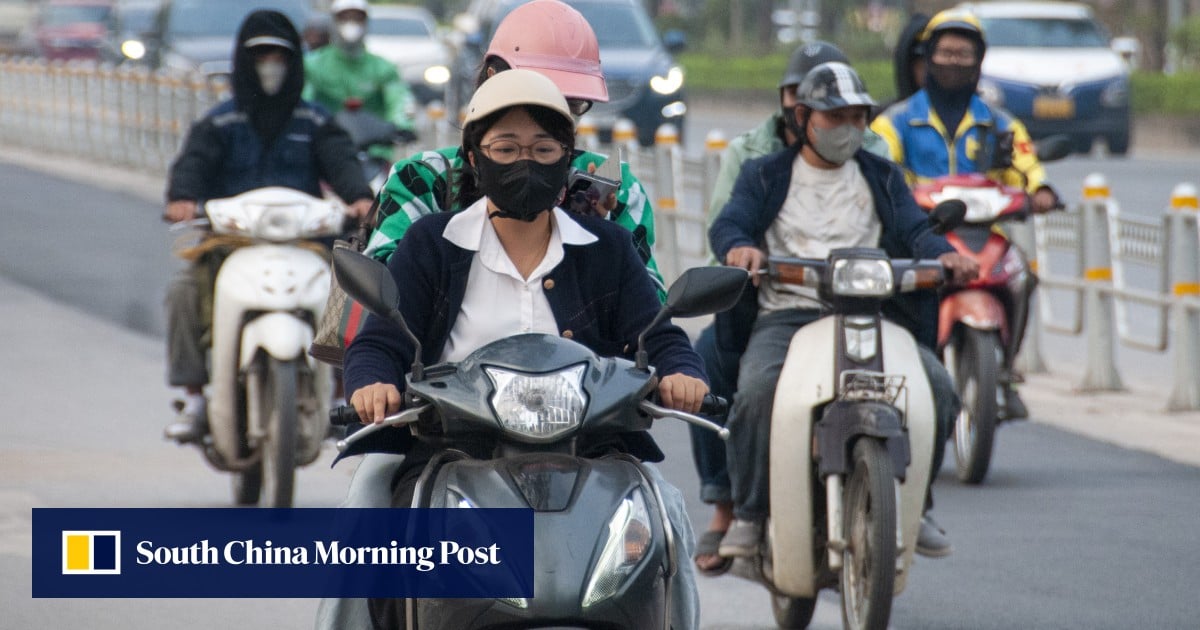






















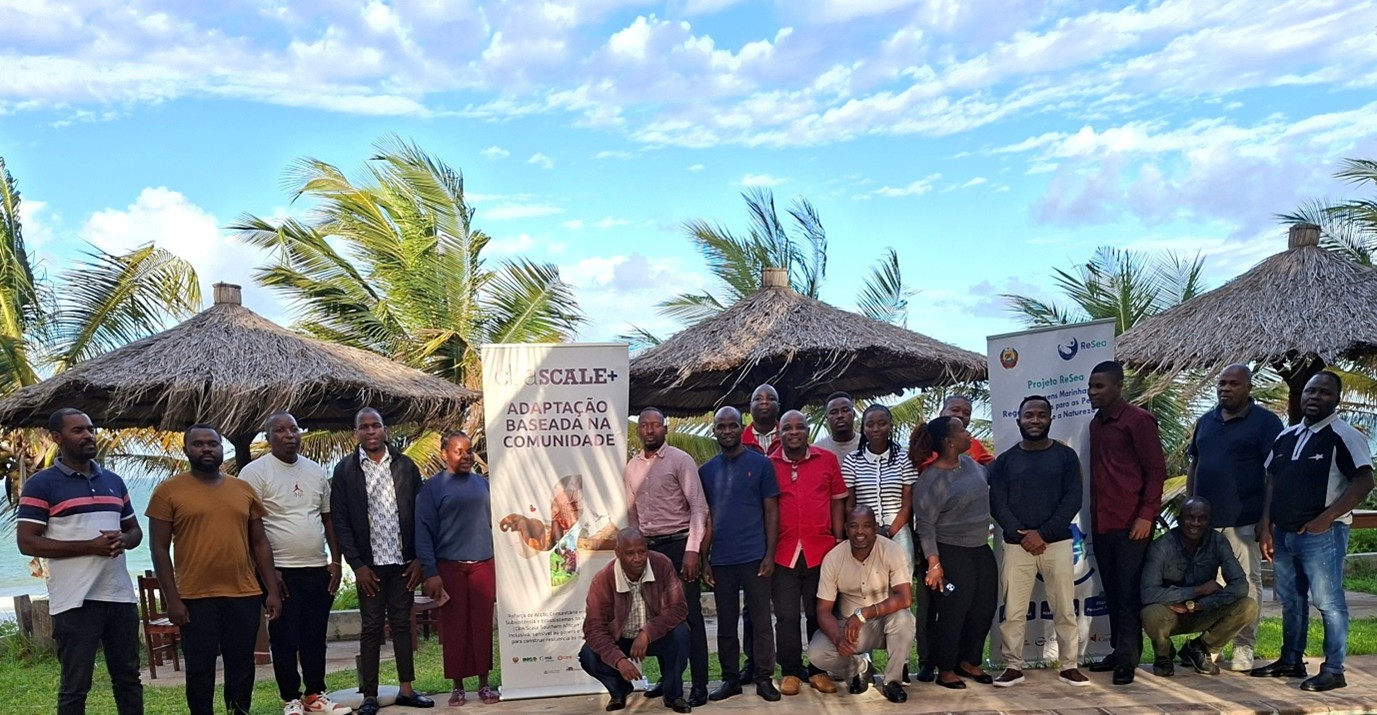









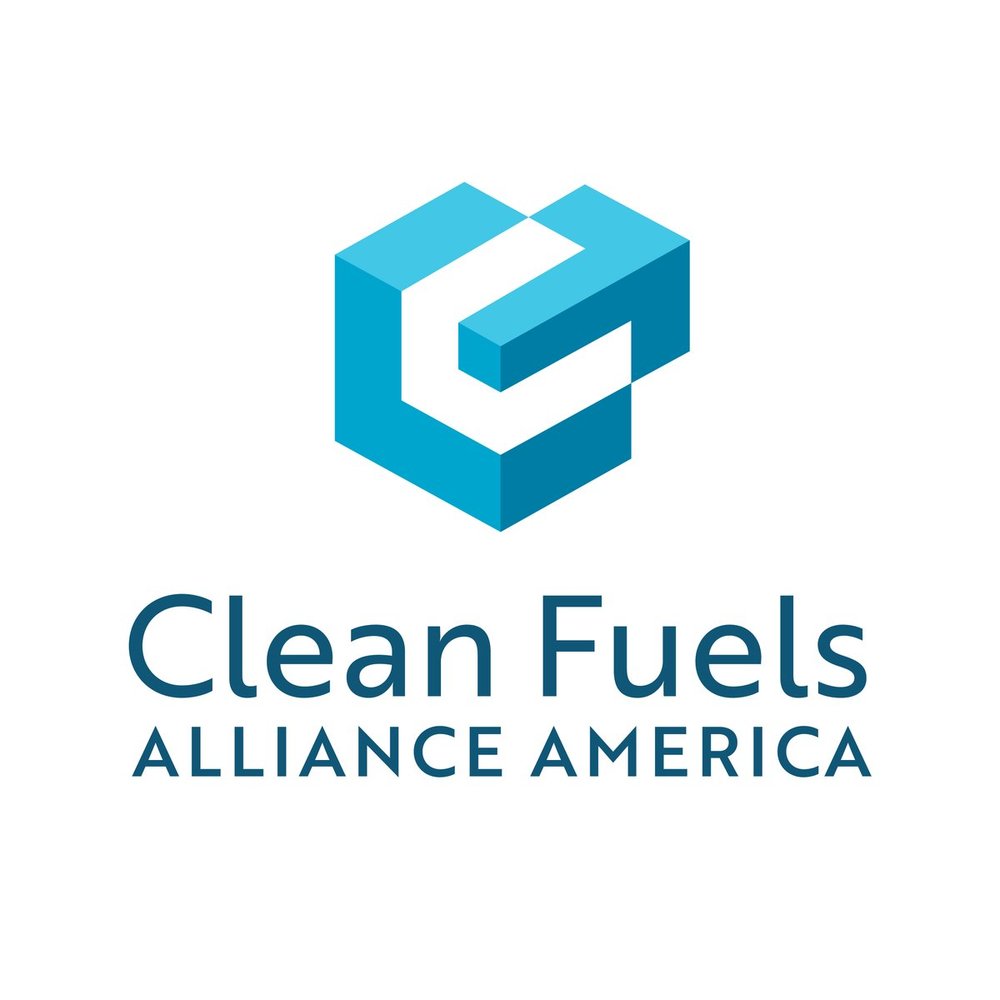
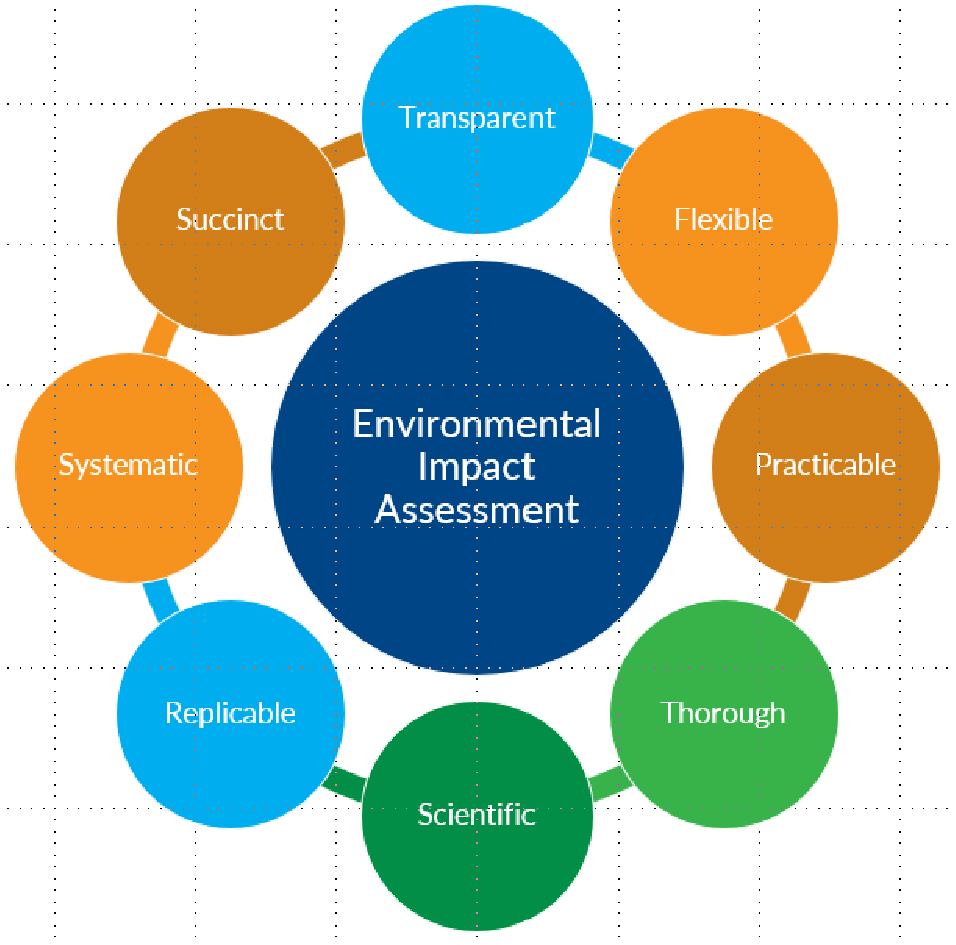


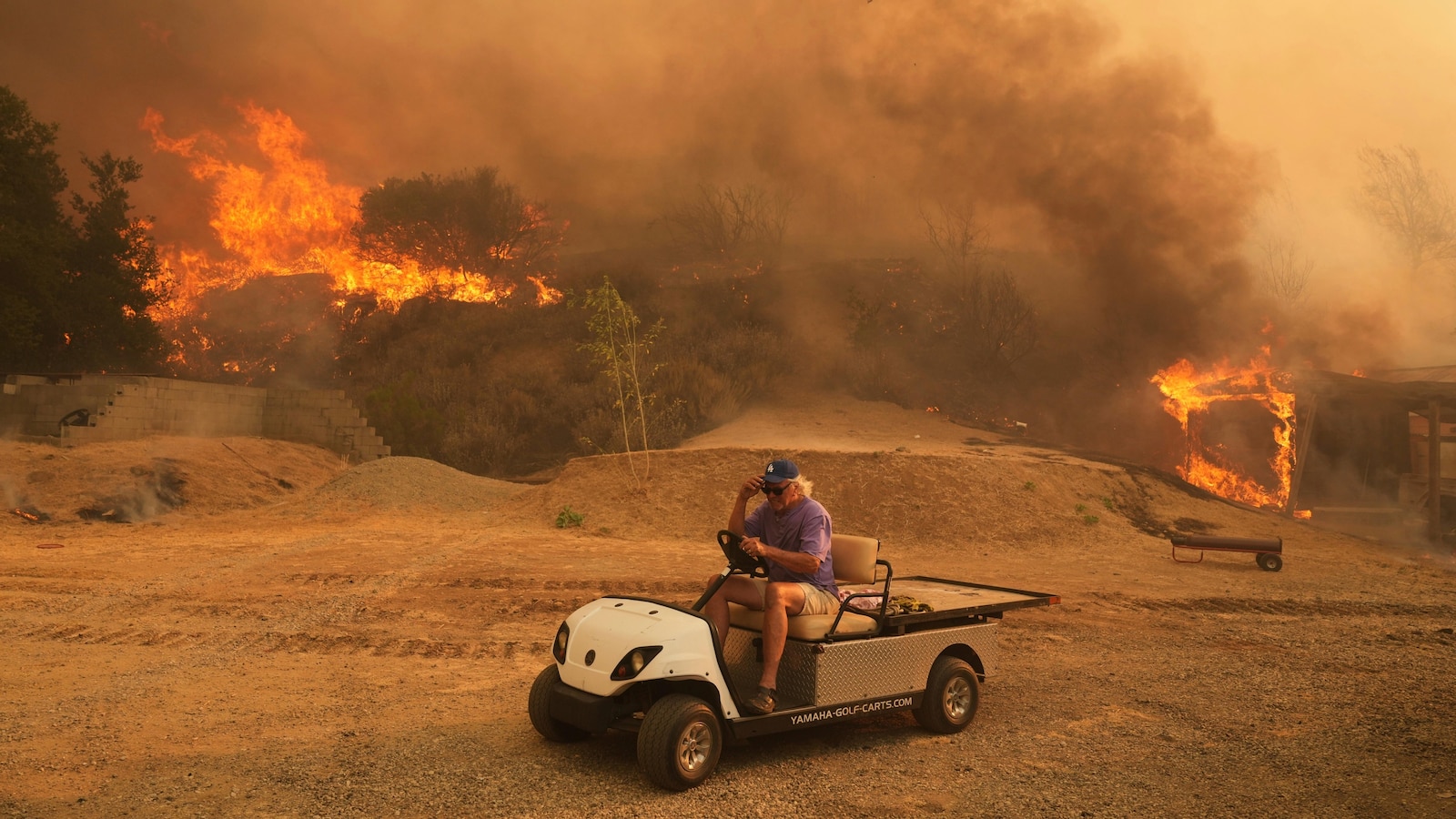



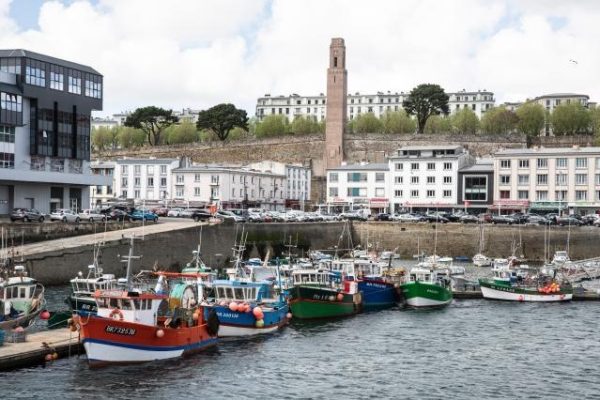




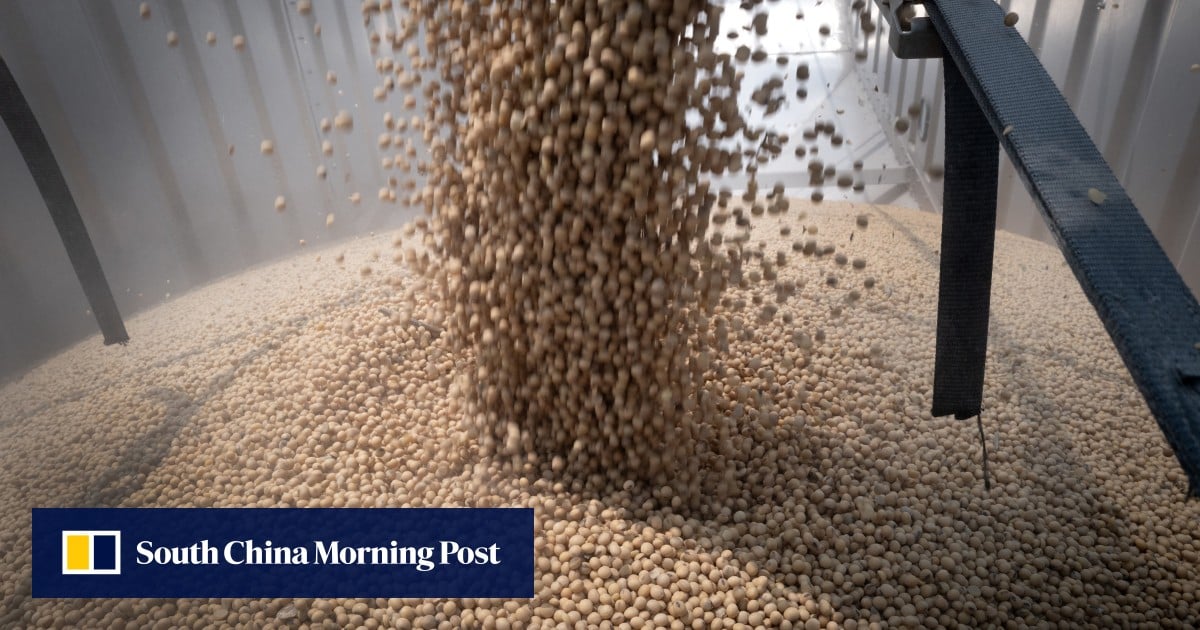

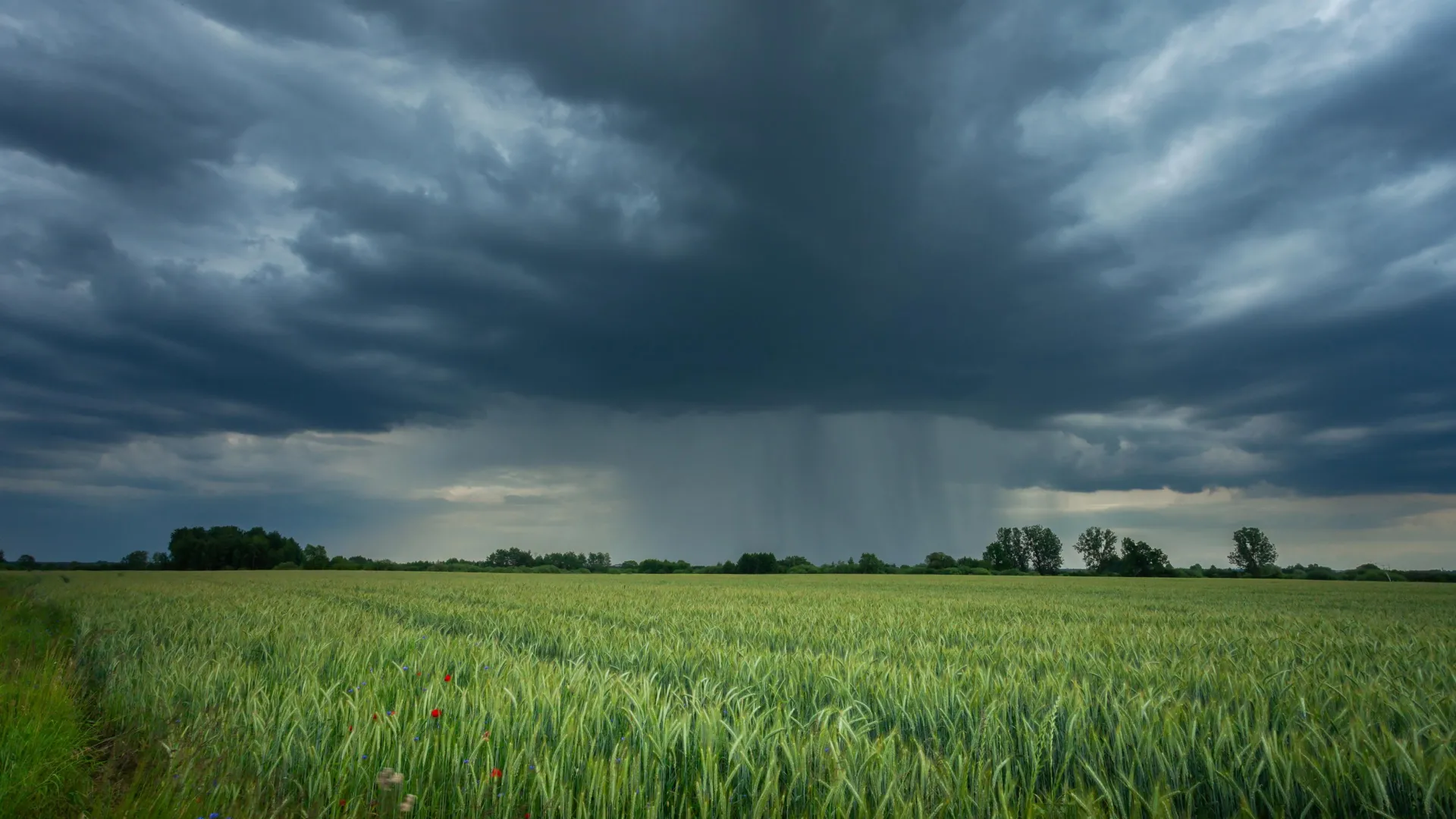

.jpg.webp?itok=0ZsAnae9#)


